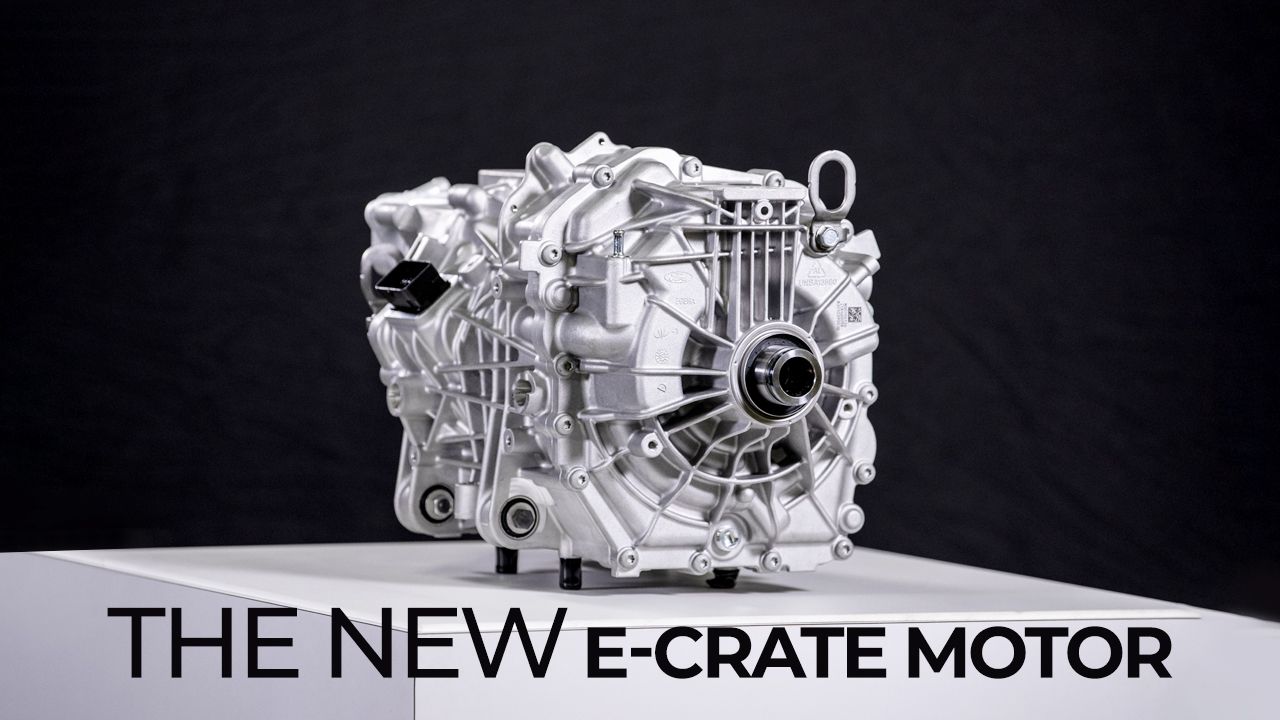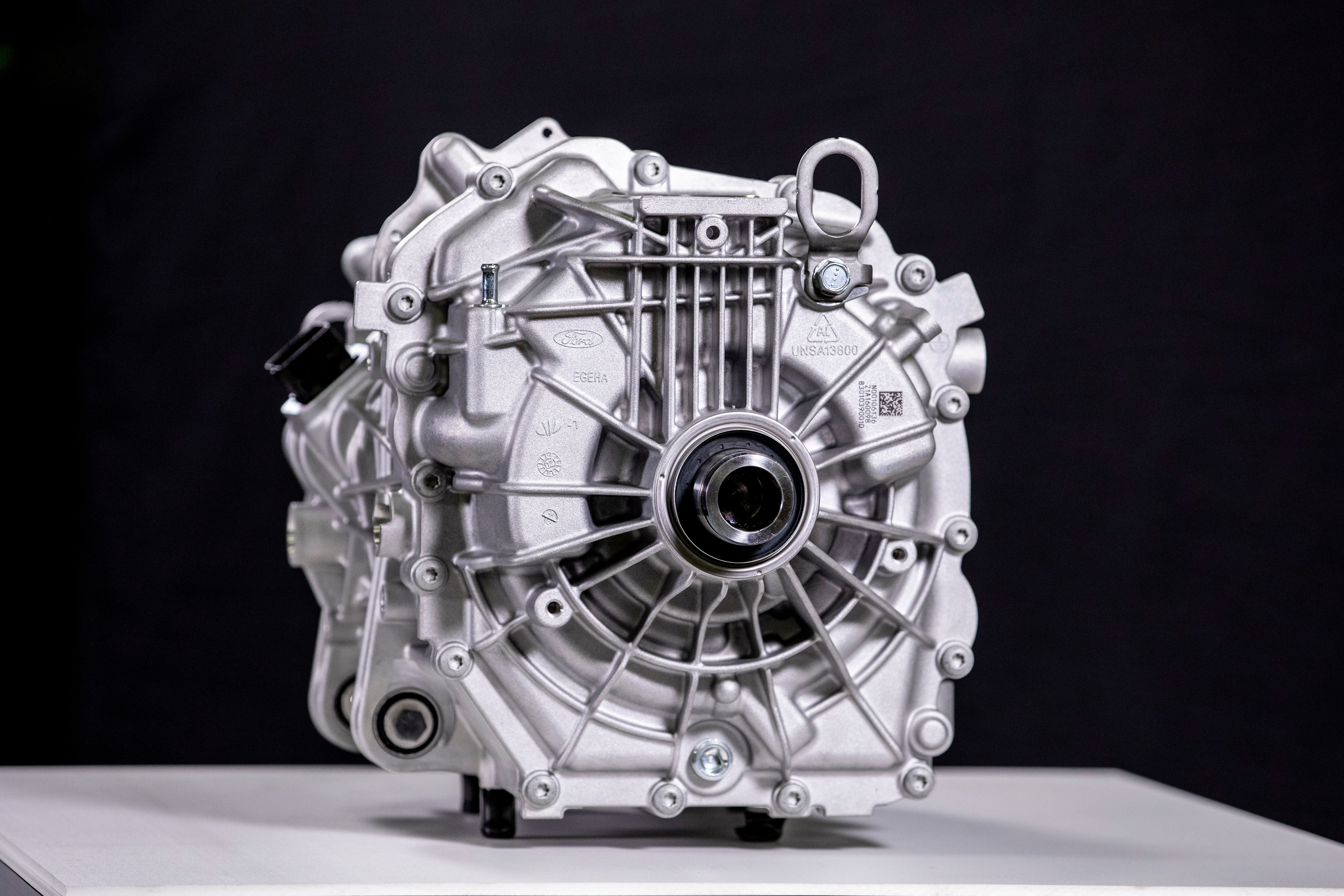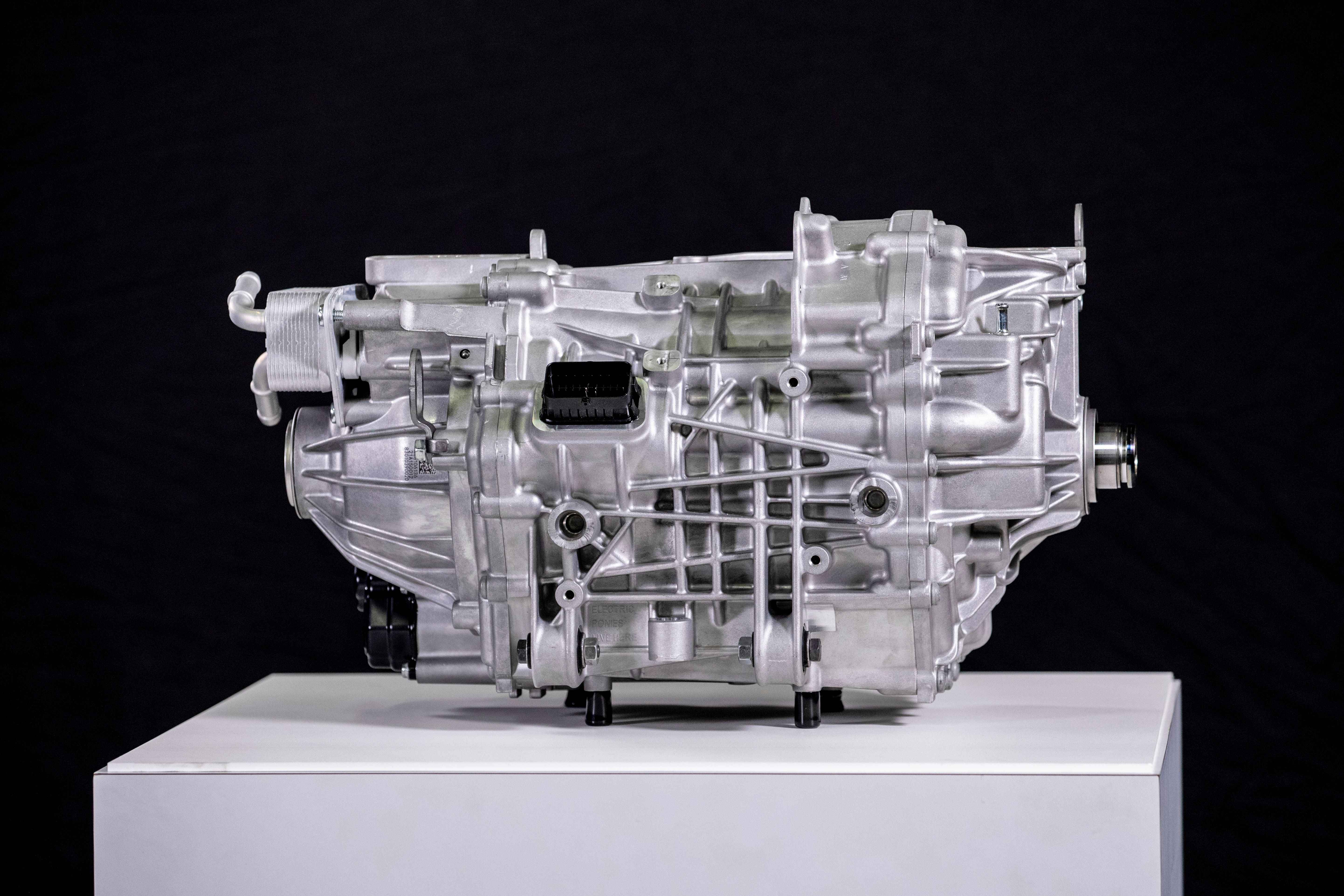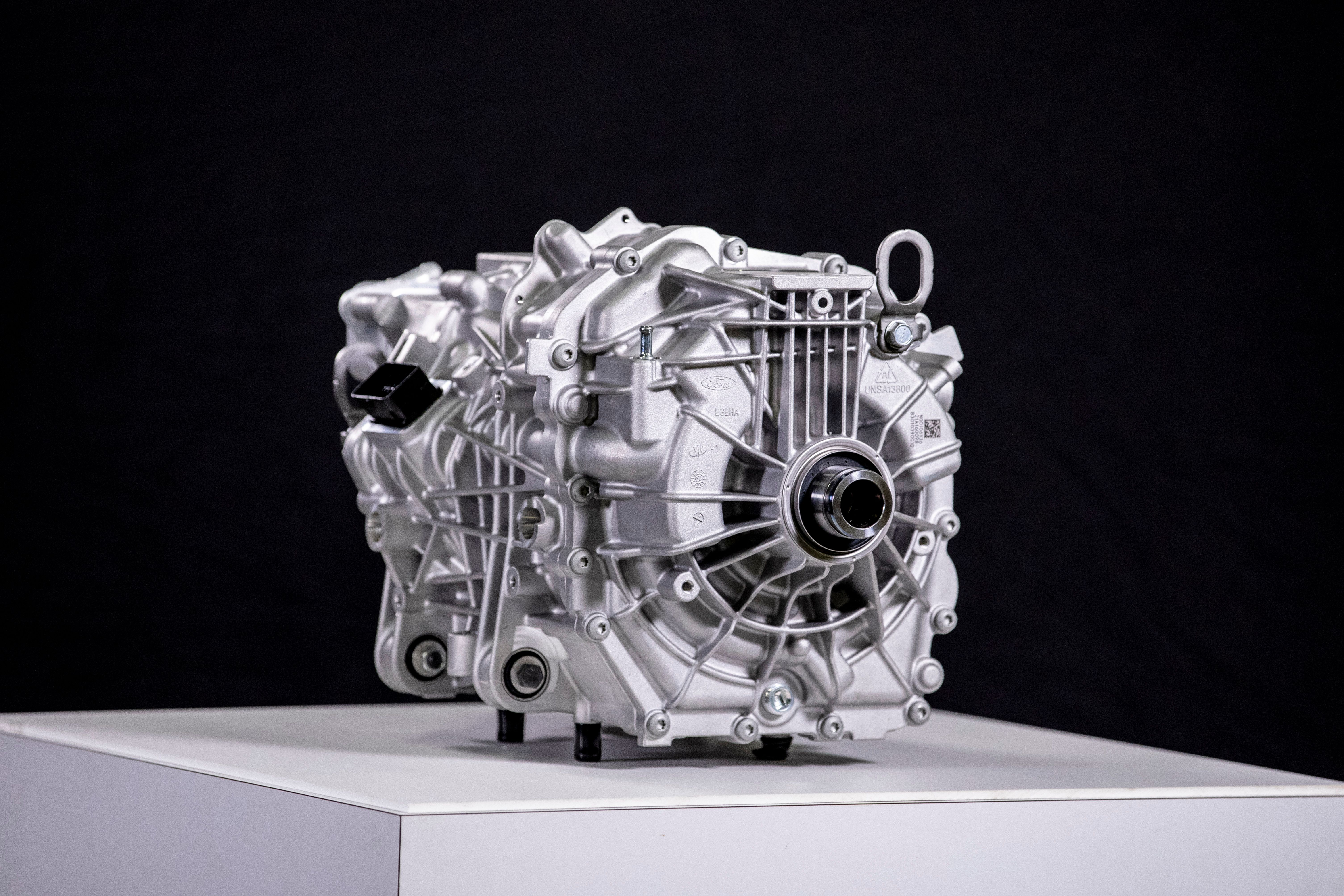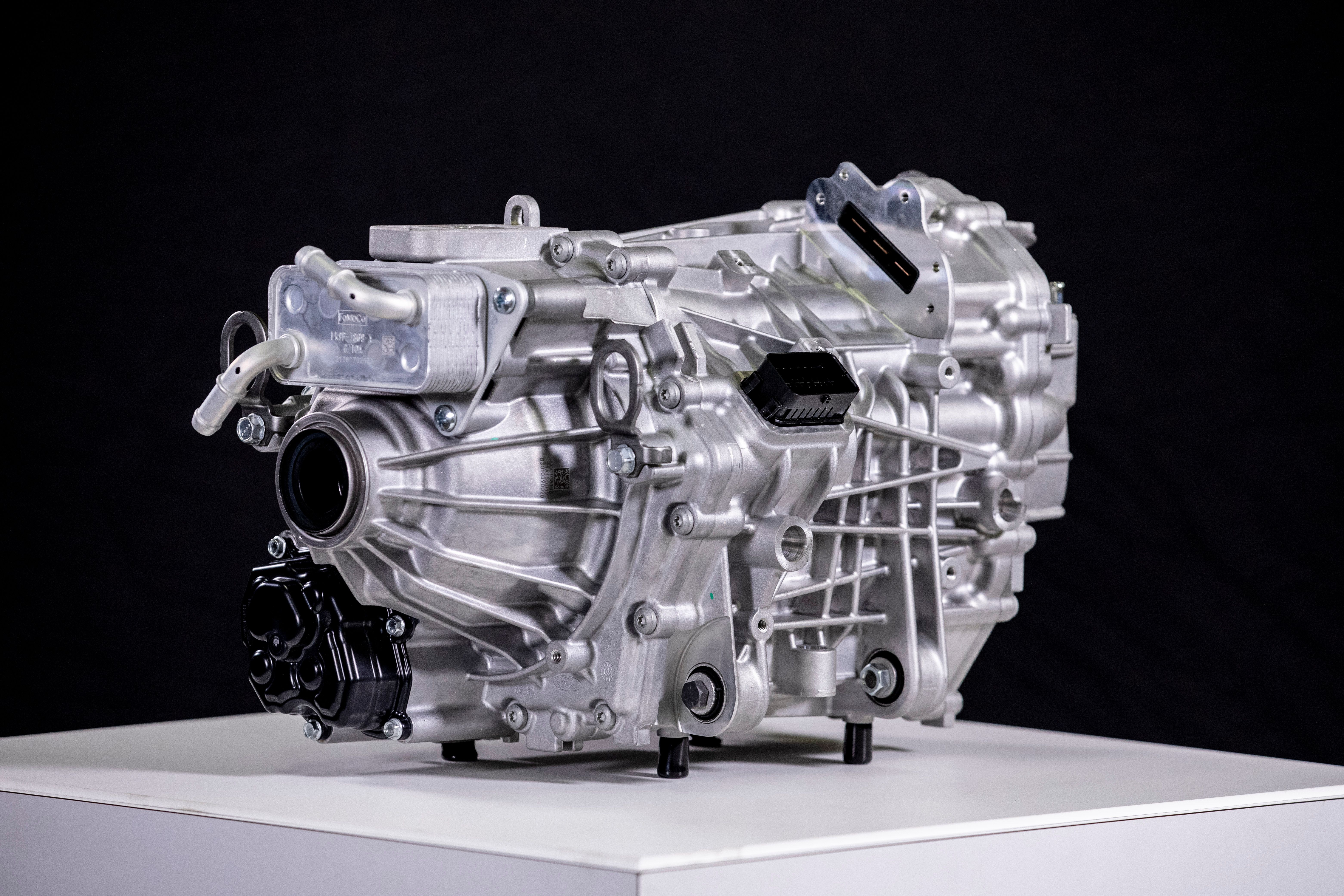Tesla's dominance in the EV industry has been challenged many times, but Ford's recent announcement stating the overwhelming demand for their E-crate motor and the fact that they ran out of stock in no time is a big blow to Tesla. Tesla's software company first and car company later approach has never been under the scanner, but it appears as though things are changing for the better.
Tesla's Challenging position in the Industry
The new E-Crate motor, part M-9000-MACHE is Ford's big move to get enthusiasts onboard with electrification. But more importantly, it’s a big blow to Tesla and the brand's repair policy that aims to control every step of the vehicle's ownership for the entirety of its service life. Conventional car repair shops exist and operate successfully because of the girth of readily available parts in the aftermarket and instructions straight from the manufacturer which is an integral part of the "right to repair". This is why anyone with the right set of tools and instructions can repair or completely put together an ICE. However, a Tesla requires specially trained technicians and specialized tools/ software which is only available at Tesla service centers.
This Apple-like approach, which limits the possibility of third-party repairs, is heavily criticized. Even though this approach might have worked for Apple, a tech company, the fact remains that a flagship iPhone costs $1500 and has an average service life of 3-4 years, not something that applies to a $100K Tesla.
As a result, most homegrown EV passion projects that you might have come across on YouTube or in real life are more often than not a combination of salvaged Tesla and Chevy Bolt parts with batteries taken out of defunct Milk floats. In addition, they require tons of complex software and technical know-how to make each of these components work together. Since only a handful of people possess the skillset to carry out such projects, it's far from what you and I would call "approachable" for a DIY enthusiast.
Recreating the new norms
For those of you who might not know, a crate engine by definition is a fully assembled automobile engine that is shipped to the installer, originally in a crate, hence the name. A whole host of Crate engines from different automakers like Chevy, Ford, Honda, and more are available and all of them are complete engines ready for installation.
Ford's e-Crate motor was announced on the first day of the 2021 SEMA Show and the response that Ford got was overwhelming, to say the least. First some specs, the Eluminator is an electric crate motor currently listed on the Ford Performance parts website for $4,095.00 is the same unit that powers the Mustang Mach-E GT, and it produces 281 horsepower with 317 pound-feet of torque and most importantly comes with all the essential peripherals as mentioned below:
ELUMINATOR™ MACH E ELECTRIC MOTOR:
Specification:
- Peak power: 210kW (281hp)
- Peak torque: 430Nm (317 lb.-ft.)
- Max speed: 13,800rpm
- Gear ratio: 9.05:1
- Weight: 93kg / 205 lbs
Includes:
- HV motor to traction inverter harness
- LV harness/connector
- Vent tube assembly.
Does NOT include the following parts required for operation:
- Traction inverter
- Control system
- Battery
The Giants from Detroit are leading the charge
Ford used a retromodded 1978 F-100 pickup truck as the showcase for this platform which was powered by two of these electric motors and a whole host of Mustang Mach-E parts. The ability to carry out EV conversions is a lot more environmentally friendly and lets enthusiasts and fans of their much loved classic cars continue to use them in a completely new and environmentally friendly avatar. Ford's new e-Crate motor—part number M-9000-MACH-E—is apparently sold out which is an overwhelming response even for Ford, and it just goes to show the potential that the EV aftermarket industry holds.
Ford is not the only American manufacturer to pull this off. Chevy also offers the Bolt's motor as a Chevrolet Performance E-Crate accessory with a 60-kWh Electric Connect and Cruise package which they showcased in the K5 Blazer-E project that retained most of the original 1977 Blazer except for the electric motors.
The fact that both Ford and Chevy chose to showcase their E-crate motors by swapping them in classic vehicles from the 70s was no accident. With the F-100 and Blazer, they are trying to get old car enthusiasts to go for EV swaps. The Current program is still in its infancy and as a result, somewhat limiting. No battery, wiring, and some other essential telemetry come as part of these kits but it's still a start nonetheless and America's OG automakers seem to be leading the charge.

